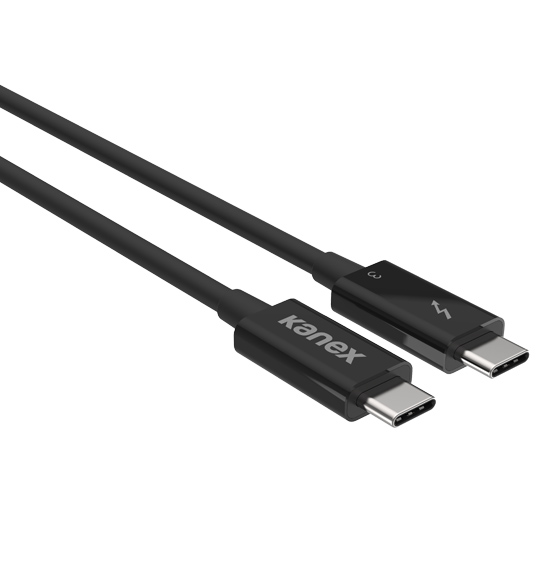Buy Apple Thunderbolt 3 Data Transfer Cable For Mac
Advertisement The latest MacBook Pro sheds almost all ports; it includes only a headphone jack, a few USB-C connectors, and it also supports the latest high-speed Thunderbolt 3 standards. What’s the difference?
- Buy Apple Thunderbolt 3 Data Transfer Cable For Mac
- Buy Apple Thunderbolt 3 Data Transfer Cable For Mac Computer
- Buy Apple Thunderbolt 3 Data Transfer Cable For Mac Download
Despite the “U” in USB standing for “universal,” the standard has come under fire for confusing consumers. Some cable manufacturers have been accused of breaking standards, and cheap USB-C cables. Let’s try and make sense of this mess of MacBook ports.
What Is USB-C? Also known as USB Type-C, USB-C is a symmetrical connector designed to replace Why are there so many different USB cables? Learn the differences between USB connector types and how to buy the best cable. Unlike its predecessors, you can insert USB-C any way.
That means no more fishing around in the dark wondering whether you’re holding the cable the right way round. USB-C strictly relates to the shape of the connector and the port into which it fits.
It’s not a standard for data transmission, like USB 2.0 or 3.1. Despite USB-C using a 24-pin connector, many different standards have used the USB-C shape. All USB-C cables must be able to carry at least a 3A current up to 60W at 20V. Many smartphones use the USB-C standard to facilitate fast charging, which pulls in a higher voltage thanks to the increased power throughput. Image Credits: Simon Eugster/ and Andreas Pietzowski/ Some USB-C cables can carry 5A for 100W at 20V, enough to charge the latest high-end MacBooks and HP Spectre line of laptops (to name but a few).

Devices using the USB-C standard for data and power transfer include Google’s Pixel smartphones, the latest MacBook Pro, the Nintendo Switch, and many. USB-C’s Alternate Modes Not all USB-C cables are made equal. Many devices, like the latest MacBooks, let you use USB-C cables for a range of “Alternate Modes” including:.
DisplayPort Alternate Mode: Send DisplayPort video using the new-shape USB-C connector. Mobile High-Definition Link (MHL) Alternate Mode: Send MHL audio and video using USB-C. Thunderbolt Alternate Mode: Connect Thunderbolt devices using the USB-C connector. HDMI Alternate Mode: Send HDMI audio and video via USB-C. There’s something important to note if you intend on using any of these standards. You must buy a cable that explicitly states it is compatible with the mode you want to use. So if you want to connect your TV to your MacBook over USB-C, make sure the cable supports HDMI Alternate Mode.
What Is Thunderbolt 3? Thunderbolt is a hardware interface developed by Intel and Apple, introduced to the market in 2011.
Buy Apple Thunderbolt 3 Data Transfer Cable For Mac
Thunderbolt 3 may just be the only device cable you need to know about anymore. It's so awesome that it's making everything else obsolete. Here's what you need to know., which has become a signature MacBook port. Whereas the first two generations of Thunderbolt devices used the Mini DisplayPort connector, Thunderbolt 3 uses USB-C exclusively. Much of the confusion surrounding USB-C and Thunderbolt relates to the shape of the connector. You cannot buy Thunderbolt 3 cables that don’t use the USB-C standard.
At the same time, Thunderbolt 2 cables don’t fit into Thunderbolt 3 ports since they’re a different shape (they are backwards-compatible with the right adapter though). Thunderbolt 3 improves on the standard in almost every way. It doubles the bandwidth of the previous generation to 40Gbps. It’s now also USB compatible, which means it can combine multiple technologies into one port. Add to this the array of Alternate Mode applications as outlined above, and you’ve got one port to rule them all. The latest standard supports HDMI 2.0, DisplayPort 1.2 (with resolutions up to 4K), and PCIe 3.0.

Buy Apple Thunderbolt 3 Data Transfer Cable For Mac Computer
This provides enough bandwidth to finally realize the potential of external graphics cards. It can also incorporate USB Power Delivery, with up to 100w of power throughput. This is how Apple was able to replace MagSafe power connectors with USB-C ports on its latest machines. Thunderbolt has one last trick up its sleeve: daisy chaining. You can connect Thunderbolt devices in a daisy chain, allowing you to link multiple devices together and still only use a single USB port on your computer. The superior speeds and connectivity over USB 3.1 and similar standards are made possible because Thunderbolt cables are active. A microchip built into the connector enables higher performance and greater versatility than standard “passive” USB cables.

Buy Apple Thunderbolt 3 Data Transfer Cable For Mac Download
You can still use passive USB-C cables used to connect some Thunderbolt 3 devices, but they will work at much slower speeds.